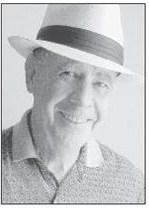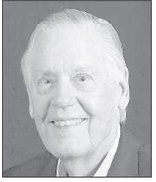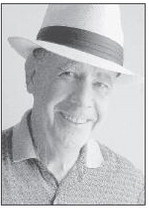Searching For Beacons
Fascinating.
I have been fascinated by flight since my scoutmaster took me for a ride to the Georgia coast to dig turtle eggs. There were only two of us in the small J3, known as a Piper Cub. I sat in front with a sandy bucket between my feet. We landed on the beach and had a gas can on the floor in the back.
Before you choke, the statute of limitations long ago ran out, and there was no second thought on having a mess of scrambled turtle eggs for supper if you could find them. That was “before.”
As time crawled and sputtered onward, aviation for me became more complicated and sometimes fun, but the mystery of getting from one place to another was always in the mix.
Old abandoned roads fascinate me, but they are identifiable if only as ditches through the woods.
Old airways, what passed for roads in the sky, are not easy to find. There would be no physical artifact unless some manmade item remains.
Aviation has had its share of adventurers and crazies. Think about the early airmail pilots.
Scheduled air mail service began in 1920, sixty years after the Pony Express, with pilots using ground-based landmarks along the routes.
Airmail flying was a daylight operation only with “lighted airway” routes connecting most large cities.
Rotating lights, “beacons,” which today are seen at most airports, were spaced about every ten miles, visible for forty, to mark the way.
In most of the country electric power was still years away, but “carbide lights” were used for illumination in mines and as headlights on early cars and in buildings as “gas lights.” Theaters used the bright light of gas lights to produce a bright white light.
Each beacon had a fuel shed at the base where acetylene gas was produced by water dripping onto pellets of calcium carbide.
The beacons were on fifty-foot towers flashing every ten seconds at 5,000 candlepower.
In the west, where servicing beacons was impracticable, seventy-foot concrete arrows on the ground pointed the direction along the airway.
I looked for locations of beacons along the airway route from Atlanta to Fort Worth, TX. My father told me about the beacons long ago, and results of my search verified his memory.
The first beacon from Candler Field (now the Atlanta Airport) was DG 3237 between Cliftondale and the Chattahoochee River on West Stubbs Rd. near Old Campbellton.
DG 3279, the second beacon, was at Bill Arp about a mile from my house.
I took a slow crawl up the highway and discovered that the concrete pad for the fifty-foot tower is still there.
The next beacons were at Hickory Level in Carroll County then at Center Point, south of Bremen. From there the route entered Alabama.
Finding the routes and looking for artifacts has become “another thing to do.”
joenphillips@yahoo.com








